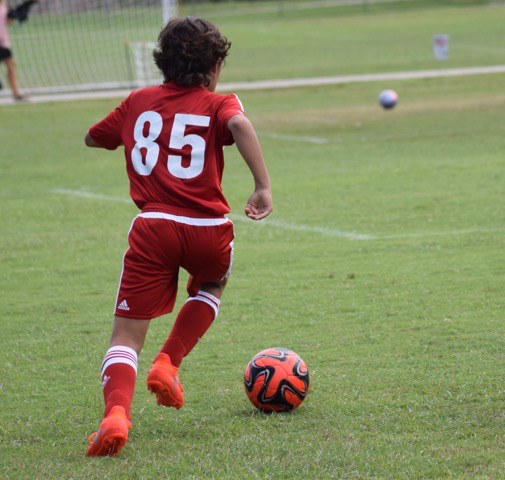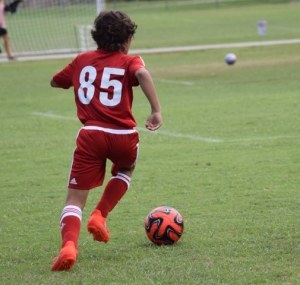Heel Pain in Youth Athletes: A Warning Sign

 Surgeon Urges Prompt Treatment for Growth Plate Injuries
Surgeon Urges Prompt Treatment for Growth Plate Injuries
Indoors and outdoors, youth athletes stay active year-round in competitive sports, and for many of them heel pain has become “just another part of the game.” Foot and ankle surgeon, Daryoush Zafar, DPM, FACFAS, advises that when a child complains of heel pain, it should be diagnosed promptly because it may be a warning sign of a serious foot problem.
Dr. Zafar, a member of the American College of Foot and Ankle Surgeons, says heel pain occurs frequently in children ages 6 to 14 as their feet grow and the heel bone develops. “As children become more active in sports they increase their risk for growth-plate injuries and subsequent heel pain,” says Dr. Zafar. This is especially true at back-to-school time when surgeons see an increase in middle and high school athletes experiencing heel pain with football and soccer seasons simultaneously underway.
“New bone forms in an area behind the heel, known as the growth plate, and cartilage is vulnerable to severe inflammation from strain or stress. With repeated stresses and strains from over activity, the heel becomes very painful,” Dr. Zafar explains.
Even though growth-plate trauma is the leading cause of heel pain in young people, Dr. Zafar says the condition can be difficult to diagnose. He cautions that parents should be concerned if a child has pain in the back or bottom of the heel, limps, walks on the toes, or seems to have difficulty participating in normal recreational activities. The condition is diagnosed by a thorough examination of the child’s feet and legs and possibly medical imaging tests to rule out other serious causes of heel pain, such as bursitis, tendonitis and fractures.
In most cases, mild or moderate heel pain can be treated successfully with shoe inserts to soften the impact on the heel, anti-inflammatory medications, stretching and physical therapy. In severe cases, the foot and ankle will be immobilized in a cast and, in some instances, surgery may be necessary.
Heel pain in young people often returns after treatment because the growth plate is still forming until the age of 14 or 15. However, the risk for recurrence can be lowered by choosing well-constructed shoes with good support and restricting use of spiked athletic shoes, especially on hard fields. It also is advised that young athletes avoid competition that exceeds their physical abilities.
If your child is experiencing heel or foot pain, call one of our 17 locations at 239-481-7000 for an assessment.
For more information on heel pain in children visit the www.aimsfl.com



